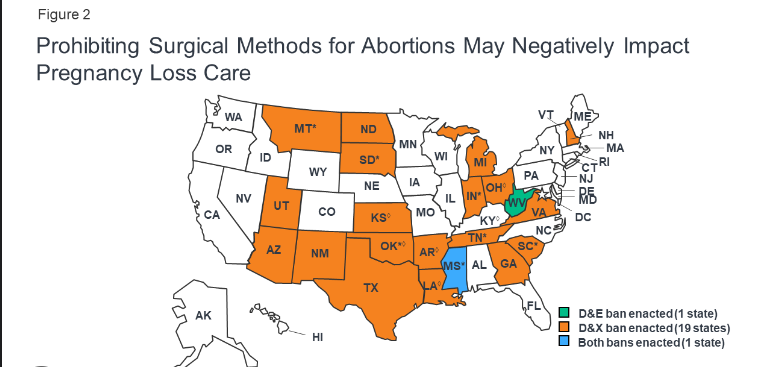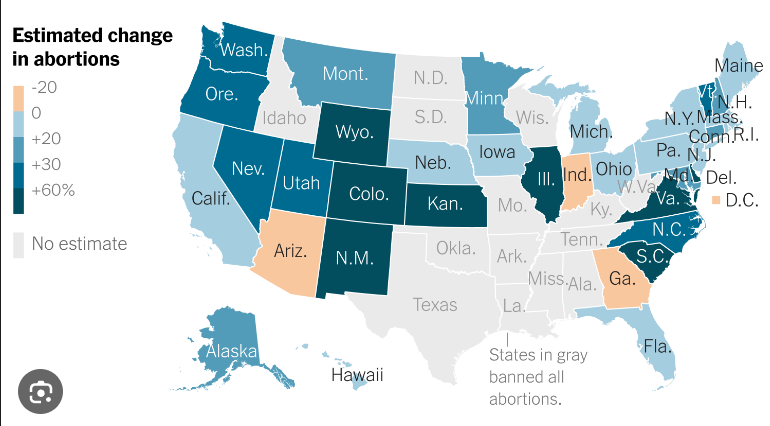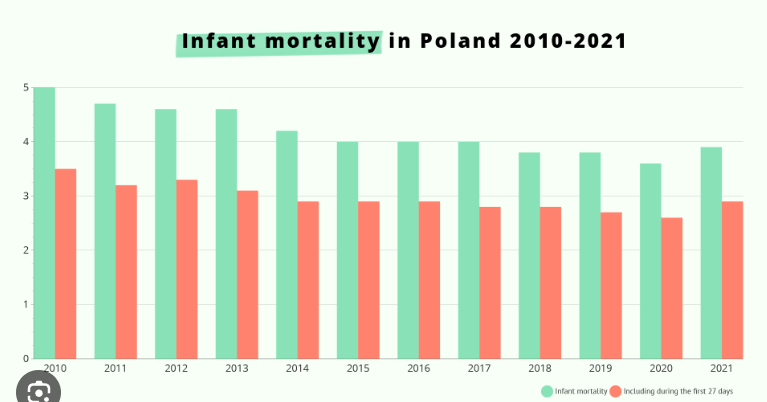Proponents of abortion bans claim their goal is to protect children’s lives, yet a recent study revealed that babies are more likely to die in states with the strictest regulations.
Researchers found that from 2014 to 2018, the infant mortality rate increased by 16% in states with the strictest abortion bans compared to those with the least restrictive laws.
Lead researcher Dr. Lois Lee, an associate professor of pediatrics and emergency medicine at Harvard Medical School in Boston, stated, “Given the current changing legal landscape in the U.S. regarding reproductive health policy, it is essential that we consider the larger impacts of restricting access to abortion, not just on birthing individuals but also on infant births.” For the study, Lee and her colleagues assessed states regarding 12 types of laws that restrict abortion access. Six of the laws set requirements for how abortions can be conducted. For example, the law might require that they happen in a hospital, with a second physician present or with a required waiting period.

Other laws restrict abortion, allowing the procedure only under certain circumstances, such as rape, incest or to save the woman’s life. The researchers categorized the 48 contiguous U.S. states by the number of restrictive abortion laws, also factoring in variables like driving distance to an abortion facility, state Medicaid expansion status and key demographics.

In those states, there were more than 19.5 million live births and more than 113,000 infant deaths between 2014 and 2018. Researchers found that states that had enacted 11 to 12 of the abortion restrictions had a 16% increased infant mortality rate, compared to those that had adopted one to five of the laws. Other factors were also associated with an increased infant mortality rate, including black ethnicity, lower education, smoking during pregnancy and inadequate prenatal care, researchers said. Abortion laws could have unintended consequences by also restricting access to reproductive health care for women with limited financial means, the researchers explained.

“Maternal health directly influences infant and child health—and ultimately population health,” Lee said in a journal news release. “From our study findings, it is important to understand that limiting access to abortion as part of comprehensive reproductive care not only affects birthing individuals but also their infants. Without the implementation of more equitable access to comprehensive reproductive care, there will be continued disparities in access to care and health outcomes, varying especially by geography in the U.S.”

It will likely take years for the Supreme Court’s reversal of Roe v. Wade to fully reverberate through America’s reproductive health care services, Lee said. “Given the well-established disparities in maternal and infant mortality by race and geography, we are concerned that more restrictions on comprehensive reproductive care will exacerbate these disparities, especially among lower-income individuals,” she noted.

Know Your Rights: Reproductive Health Care
Reproductive health care, including access to birth control and safe and legal abortion care, is an essential part of your health and well-being. While Roe v. Wade was overturned, abortion remains legal in many states, and other reproductive health care services remain protected by law. The U.S. Department of Health and Human Services (HHS) is committed to providing you with accurate and up-to-date information about access to and coverage of reproductive health care and resources. Our goal is to make sure you have appropriate information and support.
Your reproductive rights:
Below you will find information on your right to access care and have it covered by your insurance or other health care coverage if you have it, where to go if you don’t have coverage, and how to get information if you don’t know. Most health coverage, whether you have public (e.g., Medicaid) or private health coverage (e.g., coverage through the Affordable Care Act Marketplace or through your employer), covers family planning counseling, birth control and other preventive services at no cost to you.
images source: Google
Disclaimer: The opinions and suggestions expressed in this article are solely those of the individual analysts. These are not the opinions of HNN. For more, please consult with your doctor



































